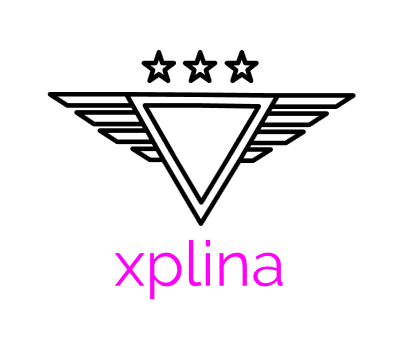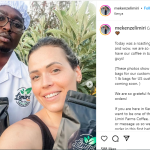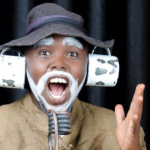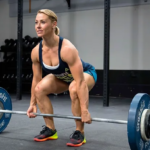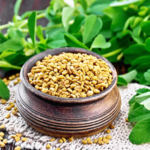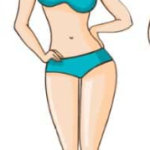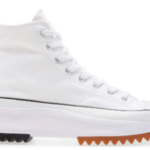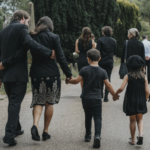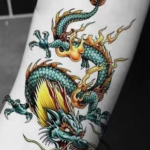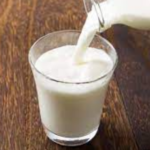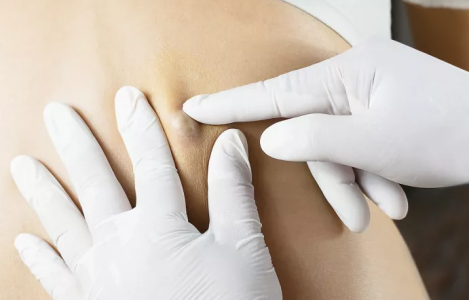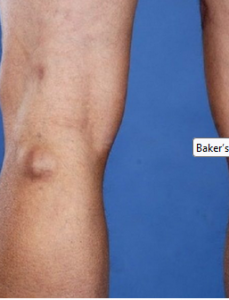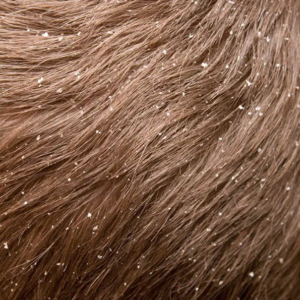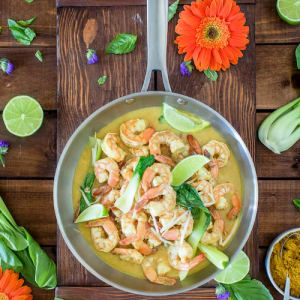Cysts are among the most common health conditions that affect us. While most of them are benign and harmless, some cysts may become cancerous. In this post, we will discuss more on the definition, types, symptoms, and the available treatment options for cysts.
Definition
A cyst refers to a sac-like or capsule-shaped pouch that usually contains fluid, semisolid, or gaseous substances. It looks very similar to a blister in appearance.
Cysts come in different shapes and sizes, depending on the severity. While some are microscopic, others are large and capable of causing organ displacement.
Quick Read: How to prevent loss of skin collagen
Cysts are foreign to the tissues where they develop. Usually, they are separated from surrounding tissue by an outer membrane called capsule or cyst wall. When the cyst sac becomes infected and begins to fill with pus, it is referred to as an abscess. Cysts are usually harmless, although some may be precancerous and develop into malignancy.
Symptoms of Cysts
Depending on the type of cyst, the symptoms may be very different. The presence of a bump is often the first sign of a cyst, especially if it is only slightly under the skin.
Symptoms may not always present themselves when a cyst forms internally. This is especially true of cysts that form in organs like the kidneys and liver. They might go undetected until an imaging scan (such an MRI, CT, or ultrasound) reveals their presence.
Some cysts, such as those on the skin, rarely cause pain unless they burst, become infected, or are inflamed. Some like Breast Cysts are usually painful, though.
Quick Read: Health benefits of Edamame beans
Depending on where the cyst is in the brain, a person with a brain cyst may have a severe headache, impaired vision, and other symptoms.
Causes of Cysts
Common causes of cysts include:
1. Skin Injury e,g. piercing
2. Clogged sebaceous glands
3. Parasitic infections
Cysts may also be caused by other conditions, including chronic inflammatory conditions, genetic conditions, cellular defects, or vascular injury.
Quick Read: Health benefits of CBD oil
Difference between Benign and Malignant Cysts
A benign or non-cancerous cyst, is one that forms in any part of the body and is often not serious. Most benign cysts need no medical attention unless they cause pain or discomfort. Most cysts disappear on their own.
Malignant cysts, on the other hand, are cancerous and might multiply uncontrollably at a latter stage.
Types of Cysts
There are different types of cysts depending on the location and affected body tissue. Here is a quick round up of some of the most common ones:
1. Breast Cysts
They are common among females and are usually not painful. They are usually self limiting (disappear on their own). The size and shape of breast cysts may vary depending on the stage of the menstrual cycle.
While simple cysts on your breast may be very easy to ignore, complex cysts may predispose one to cancer. Talk to your doctor whenever you notice a suspicious lump on your breast.
Quick Read: Health benefits of dragon fruit
2. Ganglion Cysts
These are gel-filled lumps that usually appear on the tendons of the hands, wrist, and feet. Ganglion cysts usually affect tendons of the feet and hands. They are painless, unless an injury or trauma causes fluid to accumulate in the cysts thus leading to pain.
3. Pilonidal Cysts
Appear at the cleft located at the top of your buttocks. The cause is unknown. However, because they usually occur during puberty, doctors believe they are linked to hormonal changes and hair growth that accompany adolescence.
Pilonidal cysts often appear as a painless tunnel in the skin. However, they can also be painful in case of an infection leading to swelling, redness, and blood or abscess.
4. Ovarian Cysts
These are fluid filled sacs that develop on one or both ovaries. Ovarian cysts are normally characterized by vomiting, nausea, tender breasts, painful intercourse, pelvic pain, and bloating.
5. Popliteal Cysts
Also called Baker’s cysts. Usually appear as a fluid-filled lump at the back of the knee. Some common symptoms of Baker’s cysts include knee or calf bruising, swelling behind the knee, and pain.
6. Cystic Acne
Thus is s very severe type of acne that is thought to be due to dry skin, hormonal changes, and bacterial infection. They usually appear as painful pus-filled bumps on the face, arms, neck, and chest.
7. Chalazion
Is a type of cyst that appears as a painless lump on the lower or upper eyelids. It is caused by blocked Meibomian gland.
8. Pilar Cysts
A painless smooth bump that develops under on the scalp.
9. Branchial Cleft Cyst
Appear as a lump on one or both sides of the neck. It might also appear just below the collarbone.This is a developmental disorder that happens during embryonic development. Usually, Branchial cleft cyst is painless. However, in some rare cases, it might turn cancerous and painful.
10. Mucous Cyst
A painful swelling that usually appear on the inner surface of the lip. Is thought to be due to infection of the salivary glands or trauma or the oral cavity such as lip biting or accidental injury to the mucous membrane of the lip.
Treatment of Cysts
The nature, location, size, and severity of the cyst determines the treatment methods used. Here are common modes of treatment for cysts:
a). Surgical Removal
Big cysts can be removed by surgery, especially if they are causing significant symptoms. Your doctor will assess the cyst to see whether it’s is best removed surgically or just managed with medications.
b). Drainage of Abscess
For some types of cysts, therapy may only entail draining the abscess. Your doctor may use a needle or catheter to draw out all the fluid inside the cyst. In more advanced therapy, radiologic imaging techniques may be used to precisely guide the needle or catheter to the location of the cyst.
To determine whether or not the cyst is malignant, your doctor may have the extracted fluids examined under a microscope. Cancerous cysts are treated by surgical removal, radiological treatment, and chemotherapy.
c). Pharmacological treatment of the underlying condition
Health conditions such as Polycystic Ovary Syndrome or Fibrocystic Breast Disease are often associated with cysts. In such types of cyst, therapy should focus on treating the underlying health problem using pharmacological methods.
Quick Read: Mediterranean diet vs Vegan Diet
Cyst vs Boil: What’s the difference?
While cysts and boils may appear similar in appearance, they are actually different. Here are some differences between cysts and boils:
i. Cysts often consist of liquid, gases, and semi-solid materials enclosed in a sac.
ii. Boils are pus filled lumps that often develop around hair follicles and are often associated with bacterial infections.
Wrap Up
Cysts come in different types and forms and can develop in any part of the body. These fluid filled sacs may be caused by parasitic infections, tissue injuries, or tumors. While most cysts are benign, some may turn cancerous. It is always recommended to seek medical advice or treatment from your doctor whenever you notice any abnormal cysts or new lumps in any part of your body.
